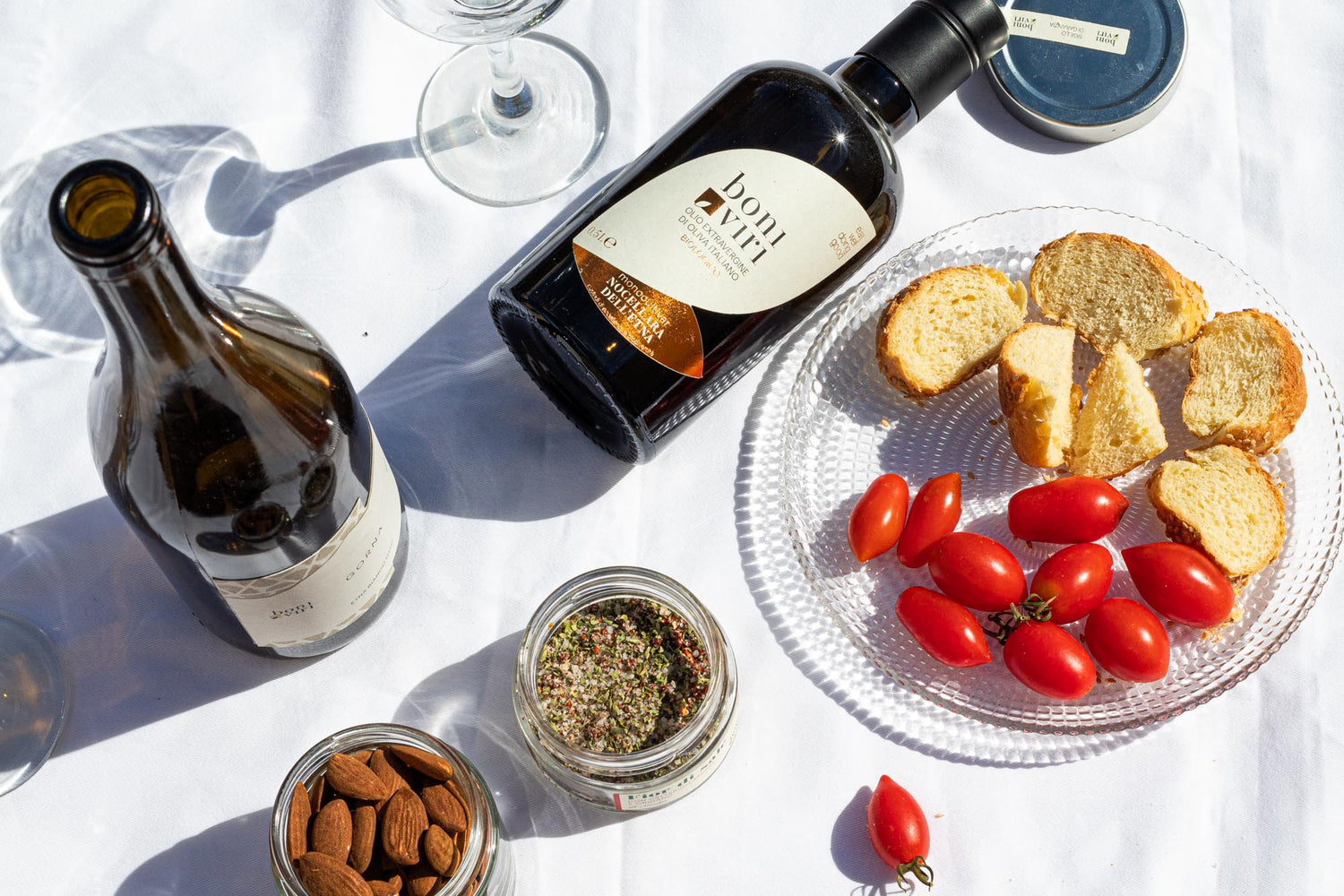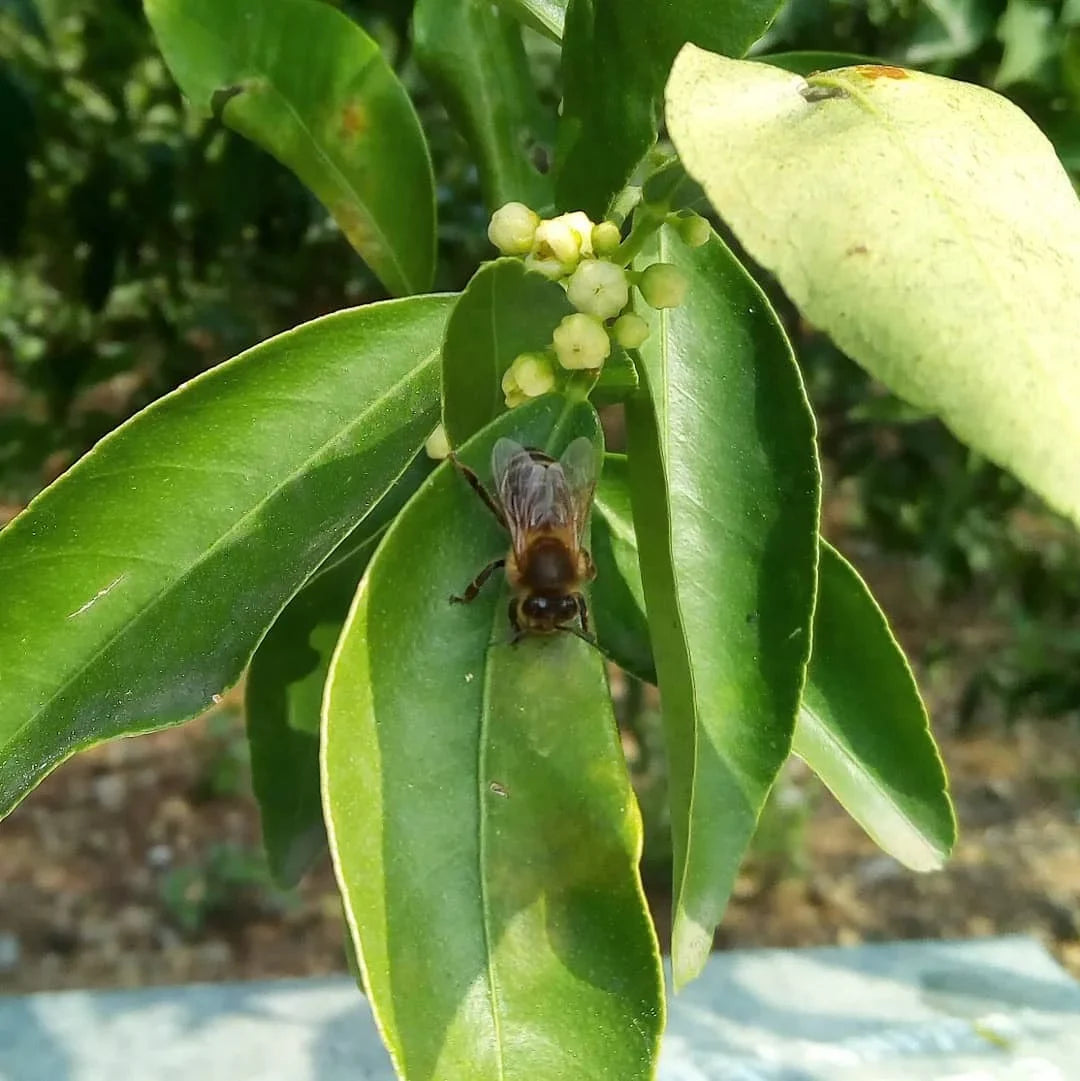Published date: April 1, 2021
Not all bees are yellow and black: there are dark, gray or even black bees, such as the Apis Mellifera Sicula, a Sicilian excellence and producer of rare winter honeys. Morphologically similar to African black bees, but less aggressive, this subspecies risked extinction in the 1970s, when local beekeepers preferred to import Ligurian bees from northern Italy. Professor Pietro Genduso of the University of Palermo, together with his student Carlo Amodeo, started a conservation project by installing hives on islands such as Ustica, Filicudi, Alicudi and Vulcano to maintain genetic purity.
Characterized by smaller wings, the Apis Mellifera Sicula resists extreme temperatures and produces honey both in winter and in summer above 40°C. It is known for its docility, so much so that beekeepers often do not use masks when harvesting honey. The honey produced has surprising properties: it contains antioxidants up to ten times higher than average, 13 antibacterial substances and four antifungals, making it a true natural regenerator with therapeutic properties. The biodiversity of the Sicilian flora allows the production of over twenty types of monofloral honey.
The Slow Food Presidium was started with Carlo Amodeo in 2008 to raise awareness of the risk of extinction of this native breed. Today, eight breeders are part of the Presidium, recovering queens from Amodeo. An important success was the launch of the “Project for the reintroduction and conservation of the Sicilian Apis mellifera subspecies at risk of extinction” in January 2012, funded by the Region of Sicily and followed by the CRA-API of Bologna, in collaboration with the Universities of Catania and Palermo, the Istituto Zooprofilattico of Sicily, Soat of Collesano, Apicoltura Amodeo and Slow Food.
The project includes the search for new genetic lines to combat inbreeding, the establishment of mating stations in isolated places on the island and the evaluation of the performance of the Sicilian black bee compared to the Ligurian one. It is hoped that this precious native species can proliferate to repopulate the territory of the southern islands.




